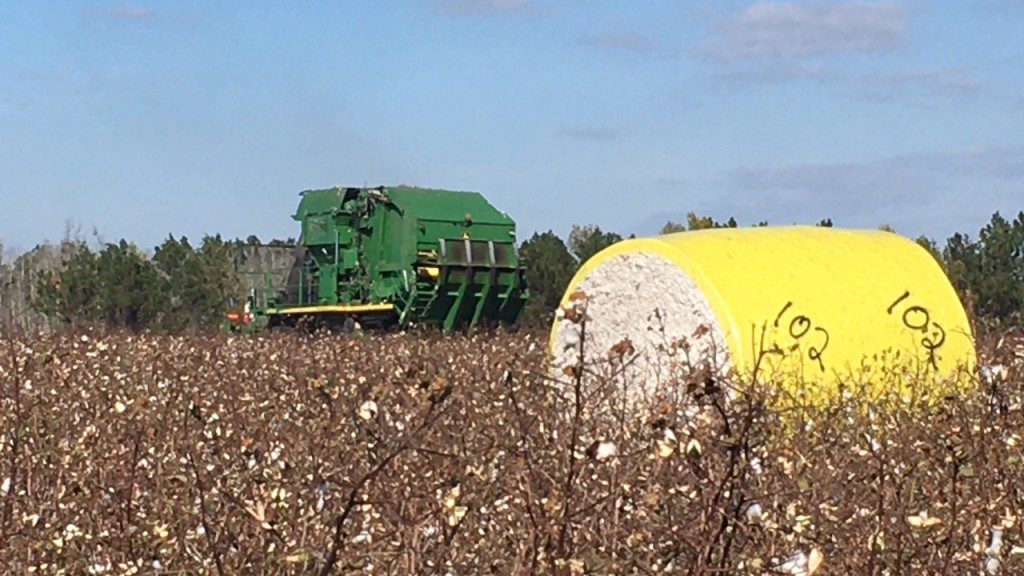Recent Posts
-
This time of year I get a lot of questions about winter annual forage seeding rates. Selection of winter annual forages should be based on amount of forage needed, when the grazing is needed and seed costs. If you need earlier grazing then select a forage such as cereal rye. If grazing is needed later in spring then ryegrass is…
-
I received a question about early harvest aid applications in soybeans from an area grower last week. Eric Prostko, UGA Weed Scientist, recently sent out some information on this subject. Soybean growers who want to use paraquat as a harvest aid, should be warned not to apply too early. Early applications (>40% seed moisture) will…
Posted in: Small Grains -

The other week Thomas County Ag Agent Andrew Sawyer and I stopped in a pepper field here in Colquitt County where Tim Flanders had found broad mites. It takes the right conditions for the broad mite, Polyphagotarsonemus latus, to become a problem. Broad mites enjoy high humidity and cool temperatures. Low populations typically go undetected…
Posted in: Vegetables -

I have received many pond calls regarding weed control. One particular weed worth mentioning is Bacopa caroliniana, commonly known as lemon bacopa, blue hyssop or water hyssop. Early references classified this plant in the genus Hydrotrida. This species, lemon bacopa, is distinguished by its blue flowers, a hairy upper stem, and by the lemony scent…
Posted in: Ponds -
This time of year I get a lot of questions about seeding winter annual forages. Most of our most common forage species (e.g., annual ryegrass, bahiagrass, tall fescue, etc.) should be planted at a depth of ¼ to ½ inch. Some can be planted as deep as 1 inch without hampering emergence (e.g.,rye, wheat,…
Posted in: Hay & Forages -
Lenny Wells, UGA Pecan specialist, recently posted an interesting article on the cost of pecan production on the UGA Pecan Extension blog. It has variable costs and net returns for pecan production this year. Interesting stuff. https://site.extension.uga.edu/pecan/2014/09/cost-of-pecan-production/
Posted in: Uncategorized -
In order to make informed decisions about growing crops, knowing the production costs is important. Wheat is no exception. Last year was not a great year for wheat production in Colquitt County but I have received a question or two about wheat production. Below are 2015 wheat production budgets for intensive and conventional managed wheat.…
Posted in: Uncategorized -
There will be an area wheat production meeting held on October 1, 2014 at the Colquitt County Extension office. The production meeting will start at noon. Dr. Dewey Lee, UGA Small Grain Agronomist, will be on hand to give area producers an update on wheat production. If you are interested in attending please call the Colquitt County Extension office at 229-616-7455.
Posted in: Uncategorized -
Peanuts: The maturity with irrigated Georgia 06G have been running anywhere from 135 to 150 days at the maturity clinics at the office. Dryland fields have been variable on the maturity and it depends on when they suffered from drought conditions and set pegs. Below are few suggested tips/questions to consider for determining when to DIG:…
Posted in: Uncategorized -
We had a great discussion at the cowpea curculio crisis meeting in Tifton. Unfortunately I don’t have great news to report about the meeting, but I have highlighted a few key points that I took away from the meeting: 1) Let’s discuss insecticides: Many of you know that pyrethroids are only showing moderate suppression of…
